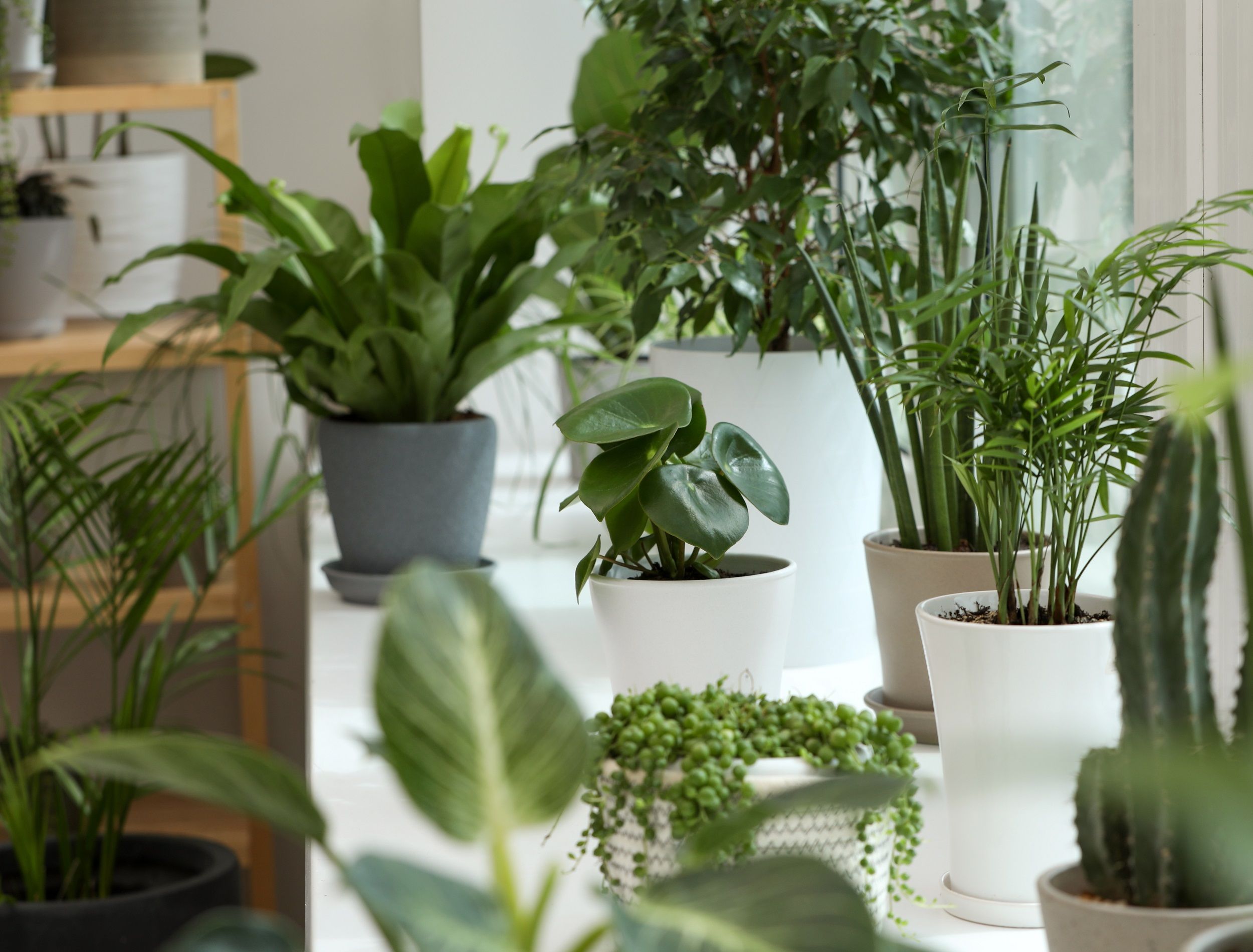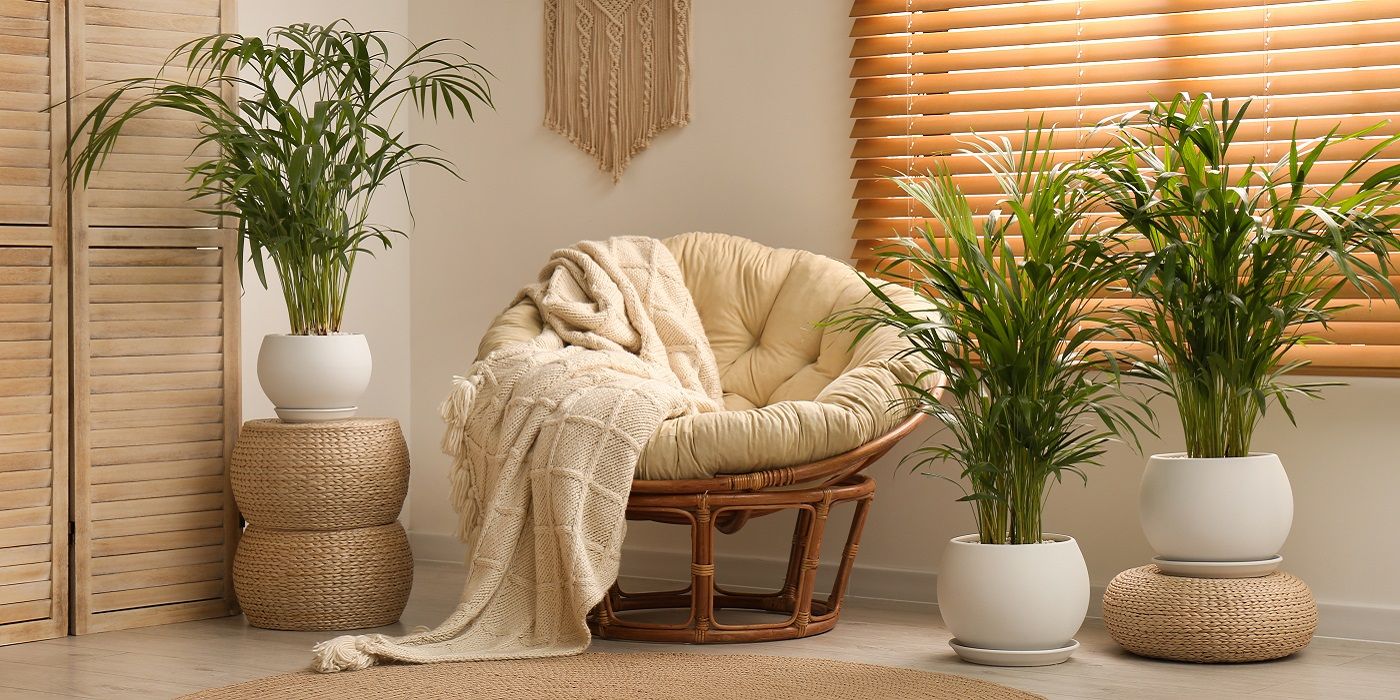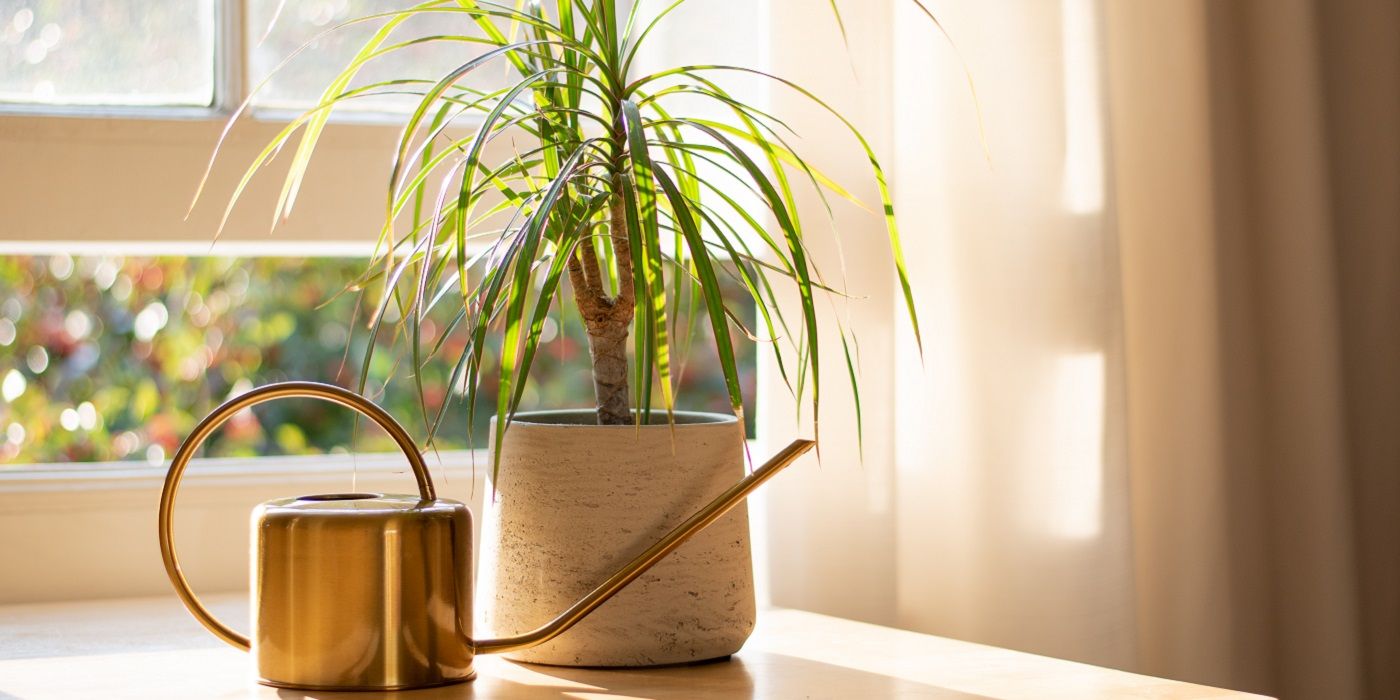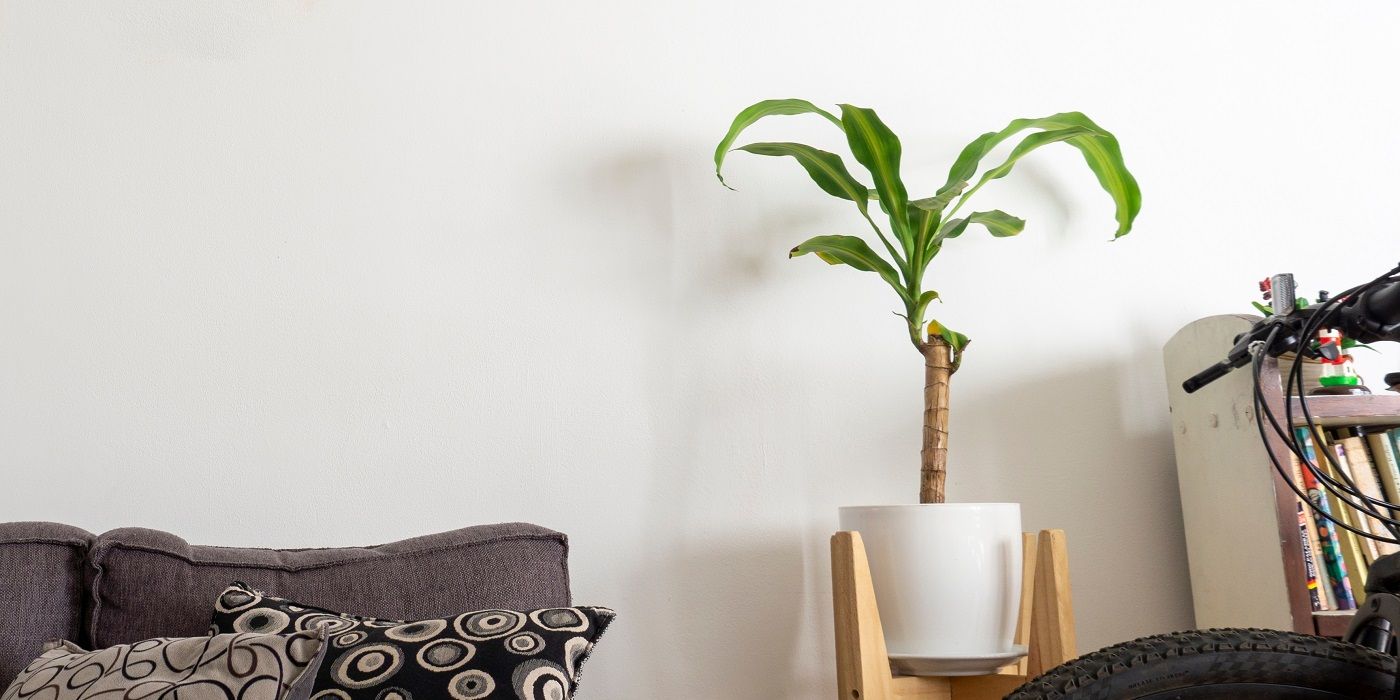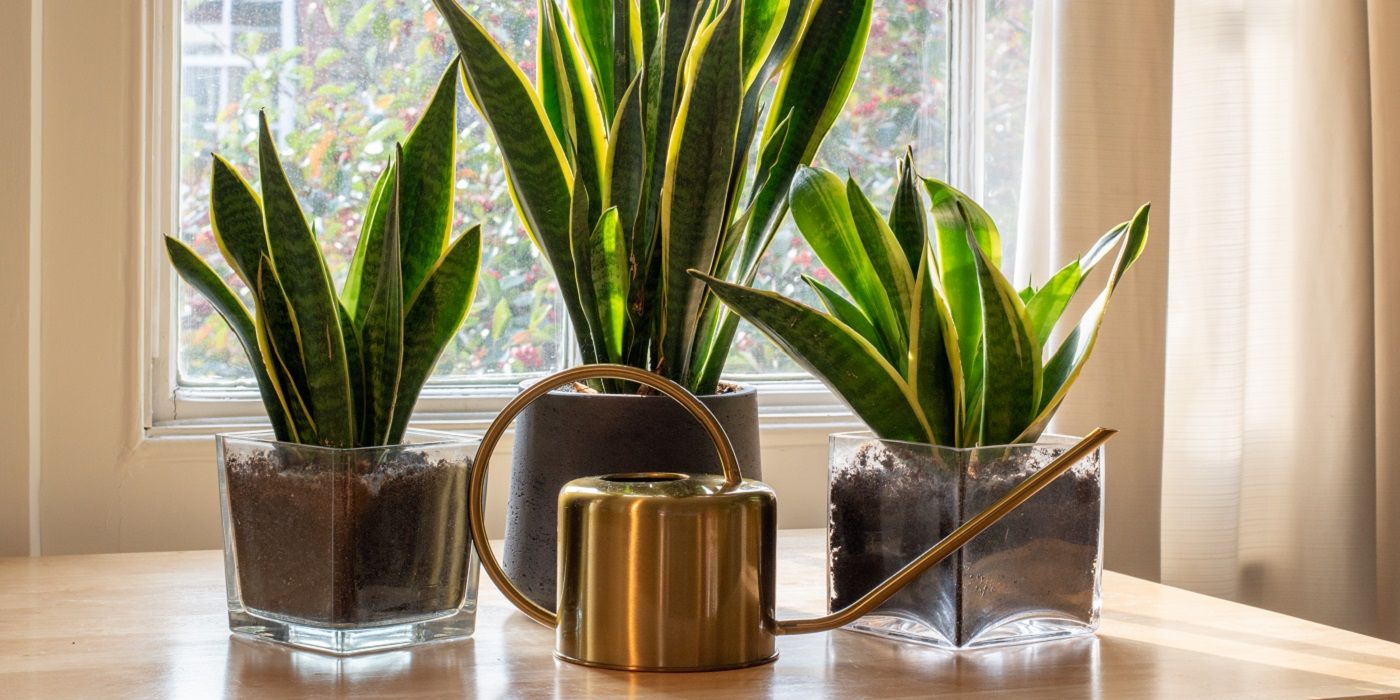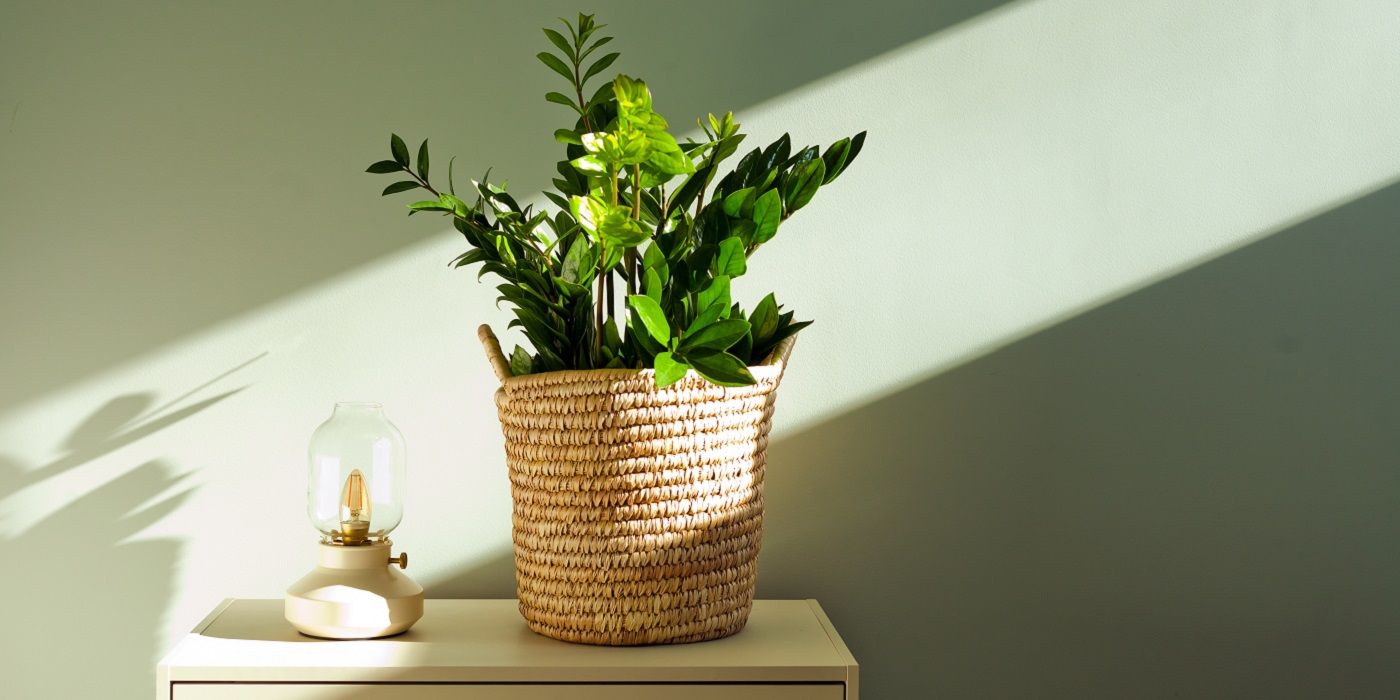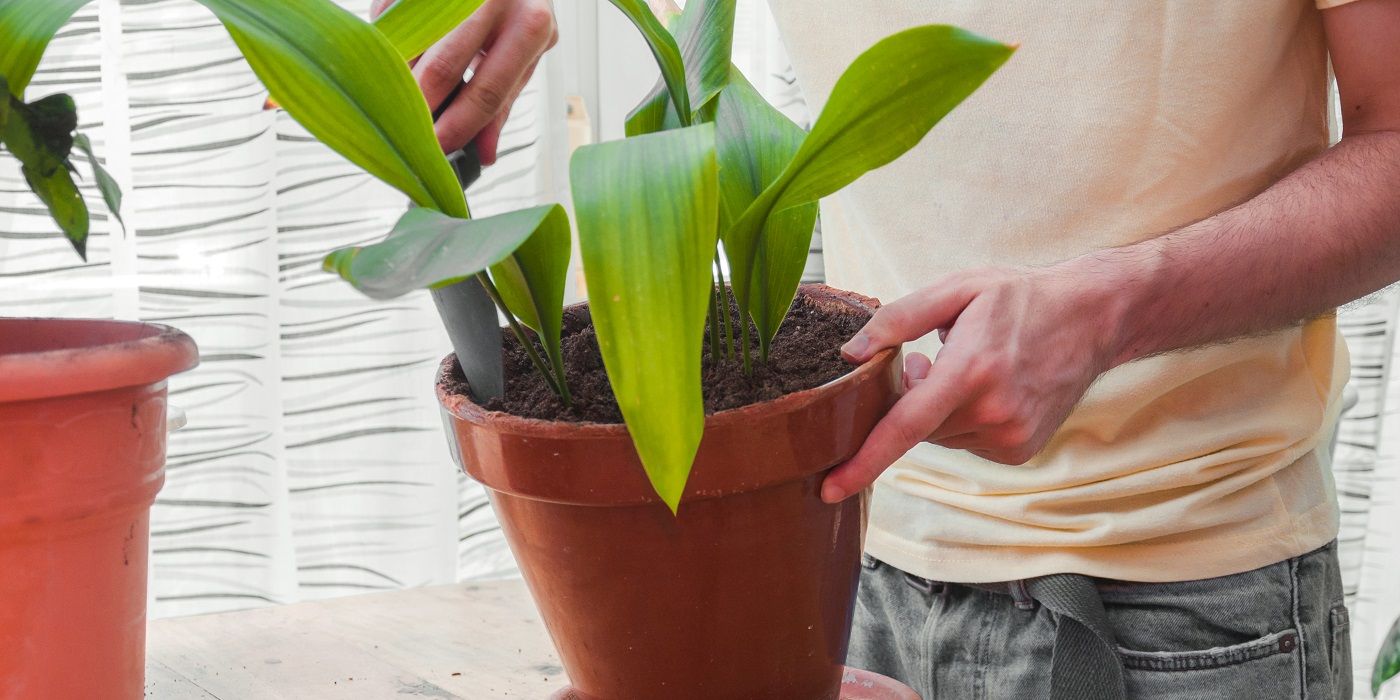Key Takeaways
- Choose low light indoor trees and plants to beautify your interior even in dimly lit spaces.
- Parlor palm, dragon tree, corn plant, snake plant, and ZZ plant are all excellent options for low light environments.
- Low light indoor trees and large plants require minimal maintenance and can improve air quality in your home.
If you've always assumed you don't get enough light in your home for indoor trees and large plants, you may be surprised to find out how many options you have. If you're surrounded by buildings or trees, have few windows, or live in an area with a lot of cloud cover, does that mean you can’t grow plants? No! You simply have to know which trees and plants to use. Choose from many good low light indoor trees to design a beautiful interior plantscape.
Whether you're gardening indoors or out, there is a simple truth when it comes to plants: there's a perfect one for every spot! Many plants enjoy low lighting conditions and look more beautiful when they're protected from the sun. Try growing low light large plants and trees that thrive inside darker interior environments.
Parlor Palm Tree for Victorian Style
Add some classic elegance to any room
Palor palm (Chamaedorea elegans) is so-called because it grew well in the dim parlor rooms of Victorian homes. The parlor palm is the OG of low light indoor trees, and it does well in low-light environments and bright light equally, although it should not have direct sunlight. It only needs occasional watering, little pruning, and is non-toxic to humans and pets. For these reasons, it's one of the most low-maintenance of the indoor trees.
Popular since Victorian times, it has kept hold of this prestige through its easy-going, adaptive attitude to low light and humidity levels. Meanwhile, this pretty palm is effective at improving air quality and made it on to NASA's list of 50 indoor plants that clean the air.
- Grow the parlor palm in neutral to acidic, well-drained soil.
- In outdoor environments, this palm tree produces yellow flowers but the tree rarely blooms indoors.
- The parlor palm is one of the most popular indoor trees in the world and it's pet friendly, making it a great choice.
Dragon Tree for Cleaner Air
Tough, beautiful, and low-maintenance
The Dragon tree (Dracaena marginata) is a tall and hardy indoor plant that doesn't mind a little neglect or dim rooms. With its striking, bladelike foliage and superior air-purifying capacity, you can't go wrong with this good low light indoor tree in any setting. Consider planting one of the braided varieties, which grow perfectly upright in a stunning design.
- The dragon tree is known for its toughness, tolerating drought and withstanding neglect well.
- Dragon tree prefers well-drained soil that is slightly acidic or neutral.
- A broadleaf evergreen, dragon tree maintains its pretty foliage color all year.
The dragon tree, or dragon plant, is toxic to dogs when ingested, so keep it where four-legged friends cannot get to it. Though pretty, this low light indoor tree is not pet friendly.
Corn Plant Has Striking Foliage
Strictly for decoration, not for eating
The corn plant (Dracaena fragrans) won't give you ears of corn, but it will give you something nice to look at. The plant has a stunning silhouette and light-colored leaves. As far as maintenance goes, this plant doesn't need much. Make sure it gets filtered sunlight and regular water and corn plant will thrive. The corn plant is one of the most striking indoor low light trees due to its large, curving leaves.
- Corn plant has many other names, including cornstalk plant, ribbon plant, and striped dragon palm.
- Keep the plant's soil moist during spring and summer but cut back on water during winter months.
- The corn plant has been popular as a houseplant since the mid-1800s.
Add Beauty With Low-Effort Snake Plant
Gorgeous green leaves for less work
Snake plant (Dracaena trifasciata) thrives in low lighting and it has been a popular houseplant choice for many years. Any snake plant is a fine fit for a room with low light, and these plants need little else in the way of care. Water every two to three weeks, fertilize once or twice per year during the spring and summer, and repot when the roots start pushing past the top of your soil. Beyond that? Sit back and enjoy the super-efficient air cleaning, unfussy giant that will probably outlive you, even if you're a notorious black-thumb.
Snake plant's toughness has made it one of the most-grown low light large plants around the world.
The Low Light Loving ZZ Plant
The plant that loves low light so much, it scorches in the sun
The ZZ plant (Zamioculcas zamiifolia) is yet another example of how some varieties can grow tall and have beautiful foliage even in fluctuating light conditions. ZZ plants are great for growing indoors because they can survive without natural light. As long as you make sure to keep the ZZ plant out of direct sunlight, which causes scorching of the leaves, you should be fine.
As far as the ease of care is concerned, watering and temperature are two of the most important things to know about. The ZZ plant can tolerate drought more than most other houseplants. Add water when the soil has completely dried out, which should happen once per week or two. However, the ZZ plant can survive months without water.
Also, the ZZ plant should be okay with the current temperatures inside your home (provided said temperature never drops below 45 degrees Fahrenheit). That means that you should avoid leaving this low light large plant in cold drafts. The plant doesn’t require much humidity, unless the air is very dry.
From a sunny window to fluorescent office lights, the ZZ Plant is wonderfully tolerant of a wide range of lighting conditions. Whether you're able to give it steady care, travel a lot, or just get distracted by all the stresses of daily life, ZZ plant survives it all.
Water ZZ plant when the soil is dry (about once a month) and be sure all excess water drains away.
Keep the Cast Iron Plant in Shade
A plant with high tolerance to different environments
A great plant for growing indoors, the cast iron plant (Aspidistra elatior) is one of the least-demanding green companions a homeowner could ask for. The cast iron plant does like light, but it’s by no means a lover of direct sunlight. In fact, it is recommended that you keep it away from direct sunlight because it can scorch the leaves. Even if you grow this plant outdoors, you need to place it in a shady spot.
The cast iron plant has a well-deserved name. It is an excellent low light large plant for beginners, since it doesn’t really need much care to thrive. Being drought-tolerant, the plant can be watered when the soil gets dry. Make sure you avoid overwatering, which causes root rot.
- The cast iron plant is also unfussy about temperatures, as anything between 60 and 75 degrees Fahrenheit will keep it satisfied.
- As for fertilizer, feed the plant every two weeks during spring and summer.
- Use all-purpose liquid fertilizer to keep the plant healthy.
Cast iron is a fuss-free plant with robust, healthy dark green leaves that will tolerate a range of growing conditions. Tough and attractive, these easy-care houseplants are members of the lily family. The cast iron plant grows well in low light indoors.
Growing Plants in Low Light Conditions
Many houseplants can thrive in low light conditions, many plants that survive in partial shade and are fit for houses or apartments where sunlight doesn’t always greet you through the window in the morning. But note that a thriving plant is more than just meeting its light conditions; also watch out for temperature, fertilizer, and humidity levels.
Low light indoor trees and large plants thrive in darker environments, so you don't have to rearrange furniture just to get them closer to a window. They will thrive inside your indoor spaces, because low lighting shouldn't keep you from enjoying gorgeous greenery.

